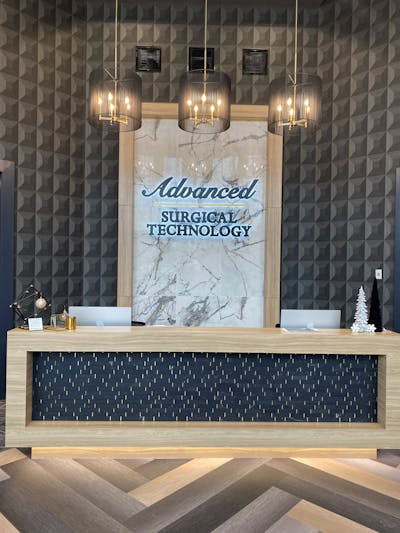“EGD” stands for esophagogastroduodenoscopy. This endoscopic procedure is performed for the purpose of examining the upper gastrointestinal (GI) tract.
Is there any recovery after EGD?
You will be monitored in a recovery room, then allowed to return home approximately one hour after the procedure. Do not eat or drink until you can swallow normally. You may experience soreness in the throat, cramping, or gas and bloating. These minor side effects should resolve on their own within 24 hours.




